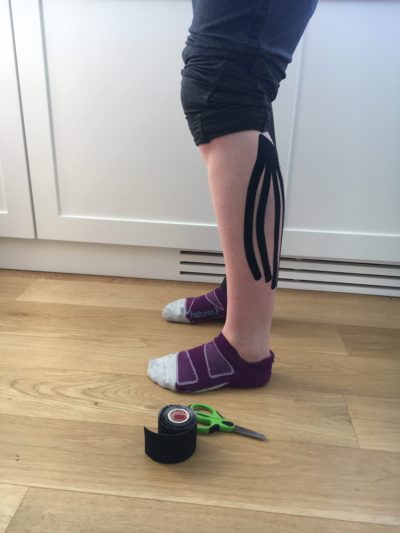Positioning for Labor

Labor is a unique experience for each individual that goes through it, and while you can plan, prep, and educate at the end of the day there is no way to predict what may happen during labor and delivery. Educating yourself on the stages of labor can help prepare you for what is to come.
To break it down there are 3 main stages of labor:
- Stage 1 – early labor and active labor
- Stage 2 – delivery of the baby
- Stage 3 – delivery of the placenta
For the purpose of this post we’re going to focus on stage 1 and what may come in early and active labor. More specifically for this post we will focus on the physical aspect of ensuring baby is an optimal position within the pelvis and also ensuring baby has space to move! Think of it like a puzzle, your baby will turn and move in order to fit into the right place in the pelvis for birth. With each contraction your baby will rotate and descend. Pairing specific birthing positions as you transition through labor can help to ensure a safe delivery for both parent and baby.
What is an Optimal Position for Baby?
Many people are aware that “head down” is the best place for baby to be in prior to birth. But what else? Head position is only a small part of ensuring your baby can move freely. In addition to head down, the baby should have their chin tucked and be facing the back (or towards the spine.
Early Labor vs. Active Labor
Early labor is often the longest stage of labor and occurs when the cervix dilates between 4-6 centimeters. Contractions typically last 30-45 seconds and will gradually become more frequent. At first contractions may be 15-20 minutes apart, by the end of early labor contractions typically become more frequent at 4-10 minutes apart. In comparison, active labor is often when contractions intensify and the cervix dilates to 7-8 centimeters.
Pelvic Inlet and Pelvic Outlet
As baby descends into the pelvic it can be helpful to understand how certain movement patterns of the birthing person can assist baby’s movement as well. First, baby has to enter the top of the pelvis, otherwise known as the pelvic inlet! Movements that can help open the pelvic inlet include:
- Deep supported squats
- Sitting with knees wide apart and back straight
- Standing, walking or slow dancing with arms above shoulders to help lift ribs up and off of the abdomen
- Rocking front to back on a birth ball or on all fours
Once the baby is low, it is time to open the pelvic outlet. The outlet can be described as the bottom of the pelvis or the final part of the pelvis that the baby has to move through before delivery. Movements that can help open the pelvic outlet include:
- Keeping knees closer together with feet wide apart on all fours
- Sidelying with knees close together and feet apart, can place a peanut ball in between your ankles to support the lower legs
- Stand or hold onto something higher than your belly, slightly bend knees and keep toes turned in
As a reminder, be sure to check in with your healthcare providers if you believe to be in labor. If you are considering a doula to assist with labor and delivery they can be very helpful in supporting you to find optimal positioning for fetal movement.
Physical Therapy’s Role
You can also take steps before labor and delivery to help prepare your body for what is to come. Body Harmony Physical Therapy offers one on one physical therapy, both for pelvic floor orthopedic concerns, pre and post partum care. Our treatments are for up to one hour in a private treatment room. We offer a quick call back option for potential patients who have questions or concerns related to physical therapy.







